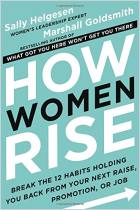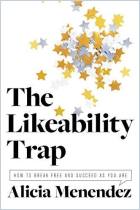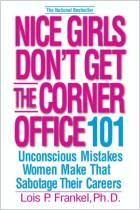Join getAbstract to access the summary!

Join getAbstract to access the summary!
Michelle Minnikin
Good Girl Deprogramming
Unleash The Rebel Within
Michelle Minnikin, 2023
What's inside?
Society uses “Good Girl, Bad Girl” stereotypes to coerce women to collude in their own oppression.
Recommendation
Psychologist Michelle Minnikin explains that society coercively uses “Good Girl” and “Bad Girl” stereotypes to make women complicit in their own oppression. Minnikin itemizes how patriarchal attitudes objectify, belittle, degrade, and limit women’s autonomy and agency. Using popular therapeutic jargon, she urges women to think critically, to make time in their busy lives for mindfulness practices, and – most crucially – to stop people-pleasing. Exposing the misogyny she finds inherent in contemporary Western culture, Minnikin calls on women to “rebel” in order to connect with their authentic selves.
Summary
About the Author
Chartered Psychologist Michelle Minnikin has experience in leadership, organizational development, employee relations, and personal growth. She co-authored the Inspiring Research Podcast with James Eves.

















Comment on this summary